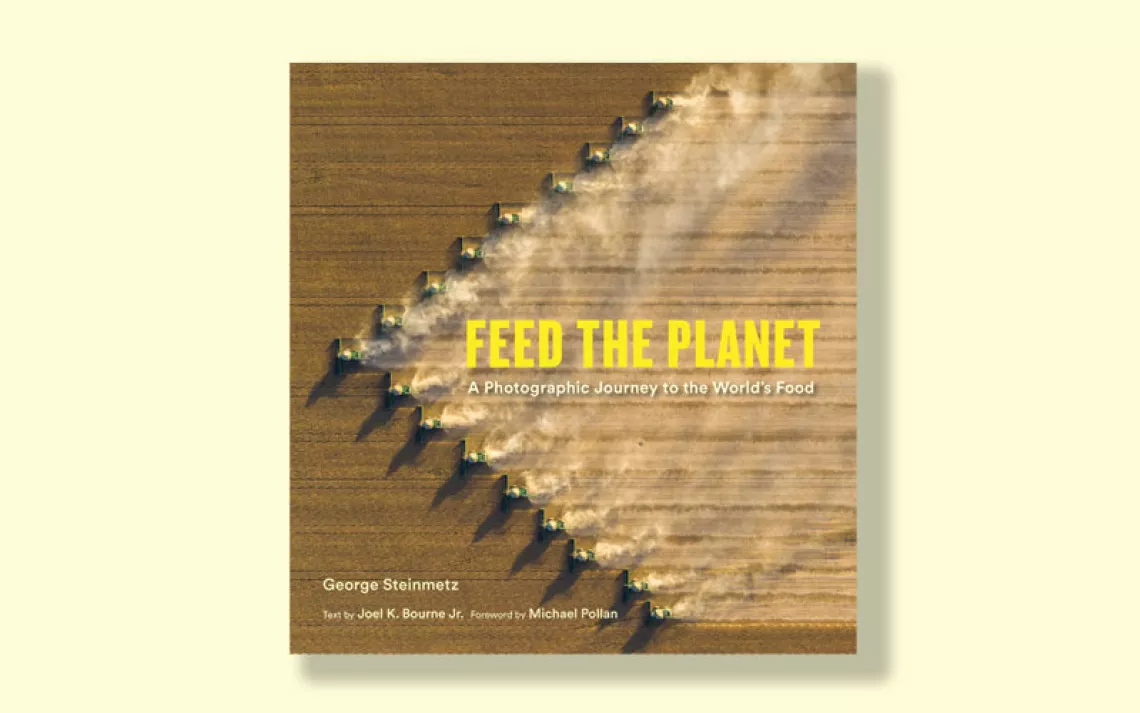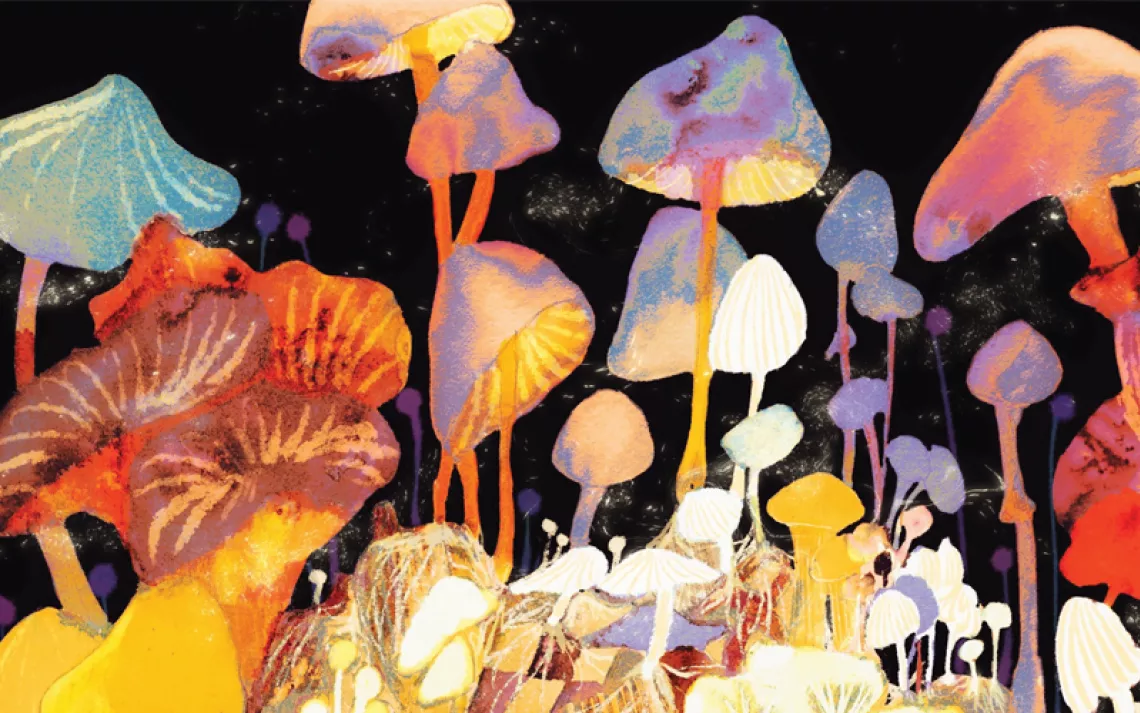The Point of Vanishing
Howard Axelrod's memoir of complete solitude in the Vermont woods

The Point of Vanishing, by Howard Axelrod (Beacon Press, September 2015)
When 29-year-old John Muir nearly lost his vision in a machining accident, a doctor ordered him to spend six weeks in complete darkness. For days, the future Sierra Club patriarch sat in a dark room with his eye bandaged shut, envisioning Yosemite waterfalls and the soaring Sierra Nevadas to pass time. When his vision returned, his life changed course; he chased those far-off, wild places he had only read about but yearned to see.
Strikingly familiar to Muir’s early story is Howard Axelrod’s memoir of rehabilitation and personal reinvention. After nearly losing his right eye in a freak accident during a pickup basketball game at Harvard, Axelrod finds himself losing both depth perception and social normalcy. Yet he manages to adapt, graduating with an Ivy League degree and developing a sense of smell akin to a poet’s grasp of imagery. He even tastes the sweet sting of an Italian love affair.
These events, however, ultimately spur him into the woods of Vermont. After returning from Italy completely undone and brokenhearted, he jumps at a Craigslist ad for a tin-roof cabin owned by a neurotic philosophy professor. There begins a two-year experiment in seclusion without a single clock, computer, or human contact.
A refreshing and honest portrait of hermitage and self-reliance, The Point of Vanishing sidesteps the clichés of the lonely pilgrim narrative. Axelrod writes in muscular, sensory prose, braiding two narratives together: life in the woods and life before the woods. One thread is a two-year-long meditation compressed into whole days that seem to pass as slowly as seasons, while the other drives the reader from college to failed romance. Throughout, the reader is grounded in the scenes and scents of the forest–chopped cords of birch and maple, a nearby apple tree, and wildflowers in the summer.
 The Magazine of The Sierra Club
The Magazine of The Sierra Club



